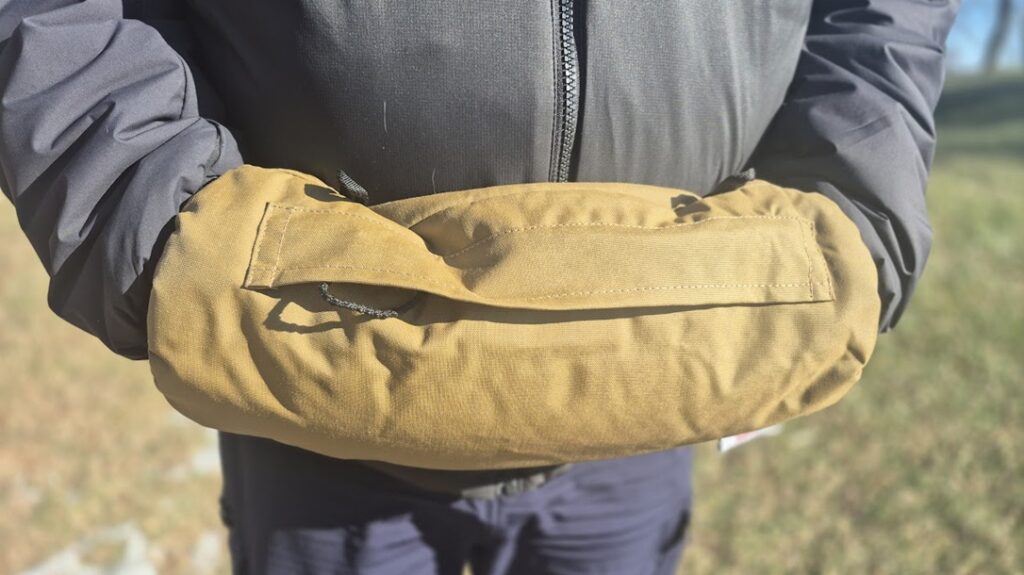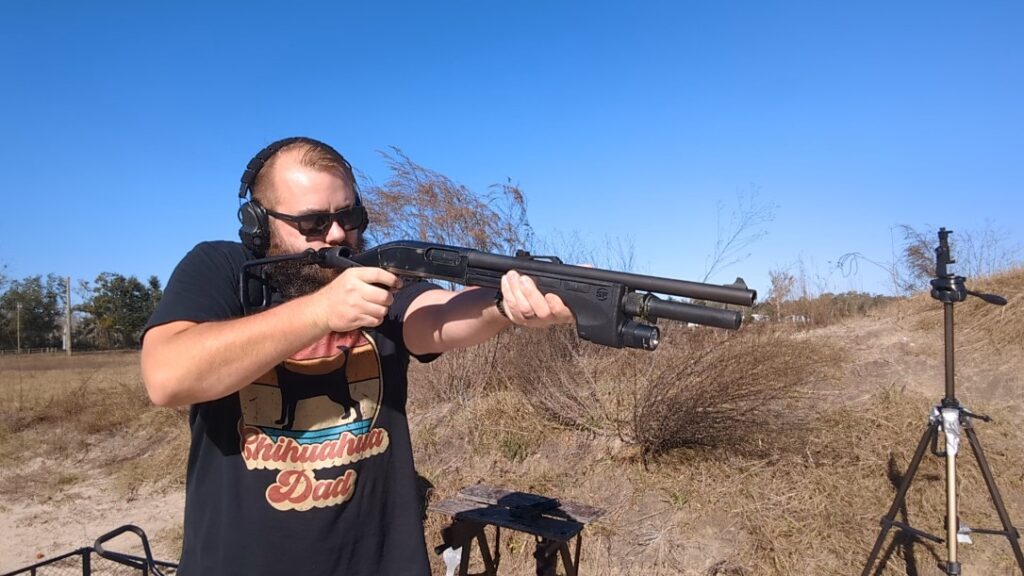Storing water and preserving food are definitely at the top of the list when it comes to preparedness. But there’s one area that often confounds the beginning prepper—prescription medications. It’s an unfortunate reality that many people are reliant upon pharmaceuticals to make it through the day. While modern chemistry has made it easier to deal with a litany of ailments, if we’re suddenly cut off from those meds, the results can be decidedly less than pleasant.
Maybe there’s a bad winter storm, one that shuts down the roads in the area for a day or so. Perhaps a glitch in the computer systems causes the pharmacy to be unable to dispense medications. It could be there are shipping delays that prevent the pharmacy from even having the medication in stock. There are any number of reasons why grabbing a refill at the very last minute might not be feasible. That’s why it’s important to plan ahead.
Fortunately, there are a couple of approaches to consider.
Advertisement — Continue Reading Below
Talk About It
Reach out to your physician and explain your concerns to him or her. Tell them you want an emergency stash of your prescription medications in case of an emergency. If you’re not asking for a narcotic, they may be willing to write you an extra script for your meds. The downside here is that your insurance company may not foot the bill. You might end up having to pay the full rate, which can be extremely pricey.
Of course, going without the medication might cost you more.
Do the Math
This method takes a little time but won’t cost you anything extra. For the sake of simplicity, let’s say you have a prescription where you take one pill a day, and you get a refill once a month. With most recurring prescriptions, there’s an overlap, right? You can refill it on, say, day 27 of the 30-day cycle. Get your refill on day 27 and set three of those pills aside for your emergency stash. Take your medication as prescribed, don’t skip doses.
Advertisement — Continue Reading Below
Here’s where it sounds a lot more complicated than it is. Get your refill on day 27 again. Use the three pills from your emergency stash and replace them with six pills from the new supply. The goal here is to always use the oldest medications first.
It’s slow going, but over time you’ll be able to build up a good emergency supply, and do it without incurring any extra costs.
Surf the Web
There are some online venues, such as JASE Medical, that offer a range of medications for purchase. These companies typically have licensed physicians on staff who will handle the prescribing, and you order the meds. In addition to most routine prescription medications, such as those taken for diabetes or heart health, they also usually offer antibiotics that can be stored at home for use during grid-down emergencies.
Advertisement — Continue Reading Below
Storage
Always keep medications in a properly labeled container, so there is no confusion as to what’s inside. Plus, if you end up traveling with your meds, it could be important to be able to show that you’ve been legally prescribed the medicine.
Unless the medication requires something special, keep it in a cool, dark location away from moisture and sunlight. Be sure family members know where to find it if you are not able to retrieve it yourself for some reason.















